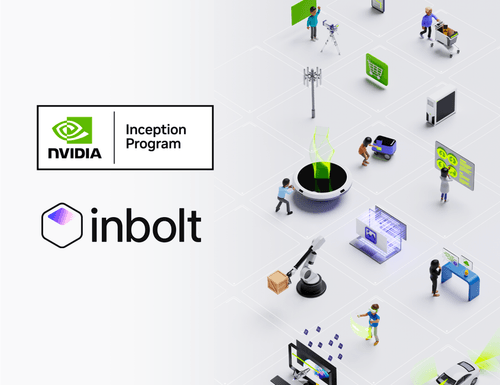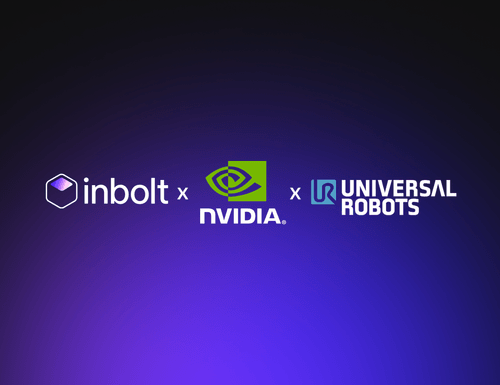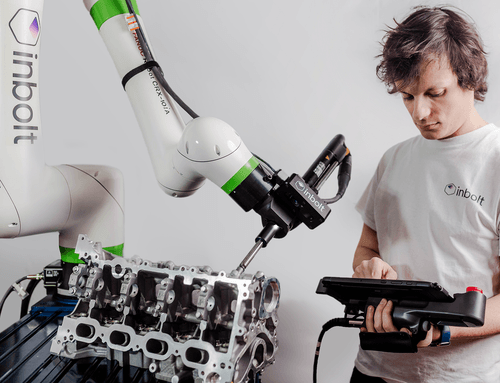The Big Trend in Robotics? Ecosystems.
The world of robotics is experiencing a paradigm shift that mirrors a transformation we’ve already seen in the smartphone industry. The concept is straightforward, yet incredibly disruptive: the creation of an ecosystem.
Ecosystems
The world of robotics is experiencing a paradigm shift that mirrors a transformation we’ve already seen in the smartphone industry. The concept is straightforward, yet incredibly disruptive: the creation of an ecosystem.
Unlike isolated products, ecosystems revolve around platforms that become more powerful and versatile through contributions from third-party developers. This isn’t a groundbreaking idea; just look at how Google’s Play Store and Apple’s App Store have changed our interaction with mobile technology.
These platforms rely on a rich vein of innovation, entrepreneurship, and mutually beneficial partnerships, enabled, in some cases, by a network of third-party developers.
In the dynamic world of robotics, the concept of ‘Plug&Play’ emerges as the ideal blueprint for an ecosystem.
The crux? Compatibility.
In this sphere, it’s not just the robot that takes center stage. The ‘peripherals’, the add-ons, and the extensions play a pivotal role, helping to redefine the traditional boundaries of robotics. These peripherals not only augment the robot’s capabilities but also drastically lower barriers to entry.
Universal Robots (UR) was among the pioneers, launching what is now considered a trusted marketplace as far back as 2016. Their approach has solved problems that have long plagued the industry.
Plug&Play ecosystems have the potential to dramatically reduce integration time and costs, making robotics more accessible and efficient than ever.
Let’s shine a light on the ones who lead.
UR: 2016
Name: UR+
Features: Seamless hardware integration
Unique: UR+ certification system
UR+ is the original ecosystem. Every third-party product must earn its UR+ certification before being offered a spot in the UR+ catalog. The UR+ ecosystem is a diverse and expanding network of third-party end-effector solutions and other add-ons for Universal Robots’ collaborative robot arms. The ecosystem approach benefits both customers and partners, providing choice, ease of use, and security of investment. The UR+ ecosystem operates globally, providing localized understanding of customer needs. The realm spans 300+ partners and 400+ distributors, and all the applications have to first and foremost be fully integrated into the UR control interface.
FANUC: 2019
Name: QSSR (Quick and Simple Startup of Robotization)
Features: CNC combined with robots
Unique: Quick setup, third-party peripherals
FANUC’s QSSR ecosystem simplifies the setup process for integrating robots and CNCs, reducing time by over 50% and bridging the communication gap between robot language and G-code. KUKA’s iiQKA ecosystem aims to function as the main operating system for all KUKA robots, with global availability expected by the end of 2022 and further expansion into 2023.
Yaskawa: 2022
Name: Yaskawa Ecosystem
Features: User-friendly, Easy Installation
Unique: 11 robots, 120+ partner products
With 11 robots in the ecosystem and a vibrant community of 120+ partner products, Yaskawa is partnering with experts to offer a robust range of robotic solutions and accessories. Yaskawa offers both traditional industrial robots and collaborative robots, with a consistent interface for both types and the flexibility to switch between them based on future needs.
KUKA: 2022
Name: IIQKA, The Robotic Republic
Features: Self-compatible, Ready-to-Use
Unique: Open to All
KUKA’s iiQKA is designed to be accessible for both KSS users and those without expertise, and will potentially support programming languages such as C++ or Python in the coming years. Robotic Republic collaborates with third-party providers to make manufacturing automation easy, and is open for participation by everyone, including technology partners. The iiQKA Community emphasizes the practical application of robotic automation in various settings, and users can assemble their individual automation packages without prior knowledge, as there are tutorials and instructions online, as well as a IIQKA forum for users.
ABB: 2023
Name: Robotics Ecosystem packages
Features: Hardware-centric
Unique: Ecosystem Program for academic institutions (to introduce robots into the classroom, with 40+ institutions to equip students with skills to thrive)
The ecosystem packages will offer plug-and-play solutions with pre-engineered accessories and software compatible with ABB’s robot portfolio, reducing the time and effort of setting up robots and lowering barriers to automation for SMEs. The first packages will focus on hardware, with future plans to include software solutions developed by four key partners. Educational institutions can also create robot applications more easily and incorporate them into teaching programs.
And many others…
The ecosystem mindset has become the norm for all companies launching new robots. Whether it is Festo, IGUS with the RBTX platform or even the newcomer, Robco the ecosystem is if not at the heart of their strategy, a key component of if for the future.
The evolution of robotic ecosystems is more than just a trend; it’s a transformative shift. These companies are pushing the boundaries with plug-and-play platforms, making robotics more accessible and dynamic.
These ecosystems hinge on compatibility and encourage innovation while lowering barriers to entry, effectively changing the automation paradigm, giving way to a future that looks integrated and user-centric. All in all, these brands are showing that there is a slow but steady progress towards the ever-evolving way of handling industrial robotics.
Explore more from Inbolt
Access similar articles, use cases, and resources to see how Inbolt drives intelligent automation worldwide.
Reliable 3D Tracking in Any Lighting Condition
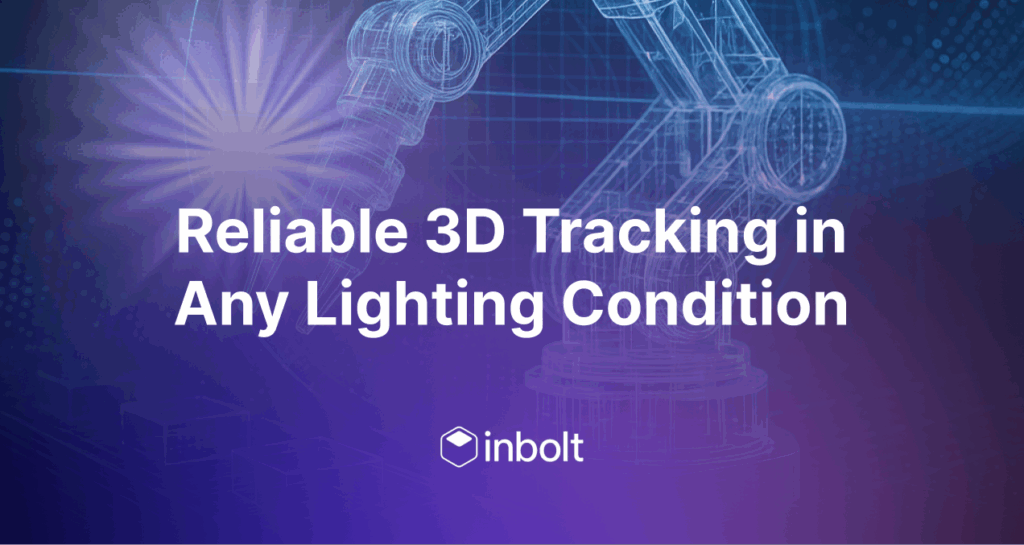
The Circular Factory - How Physical AI Is Enabling Sustainable Manufacturing

NVIDIA & UR join forces with Inbolt for intelligent automation
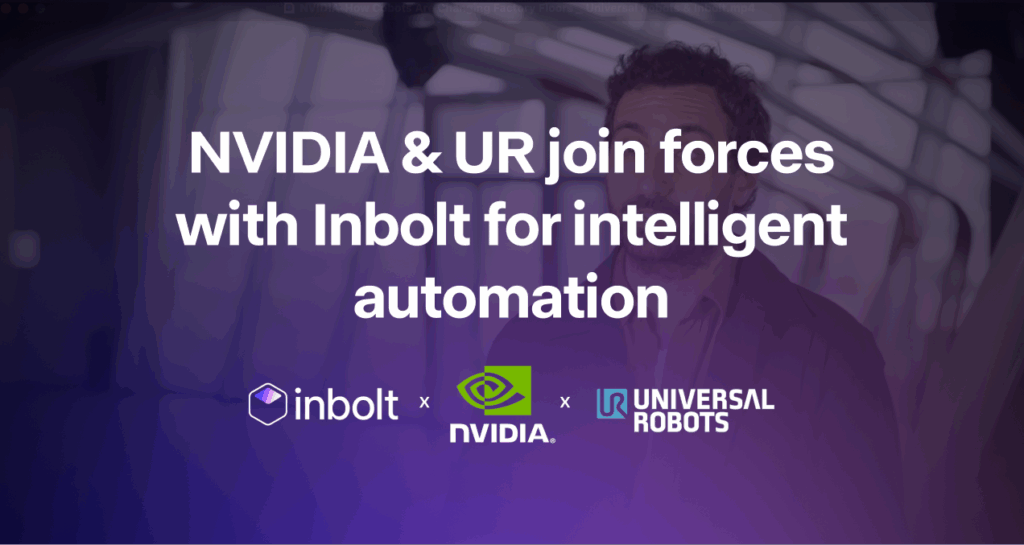
KUKA robots just got eyes: Inbolt integration is here
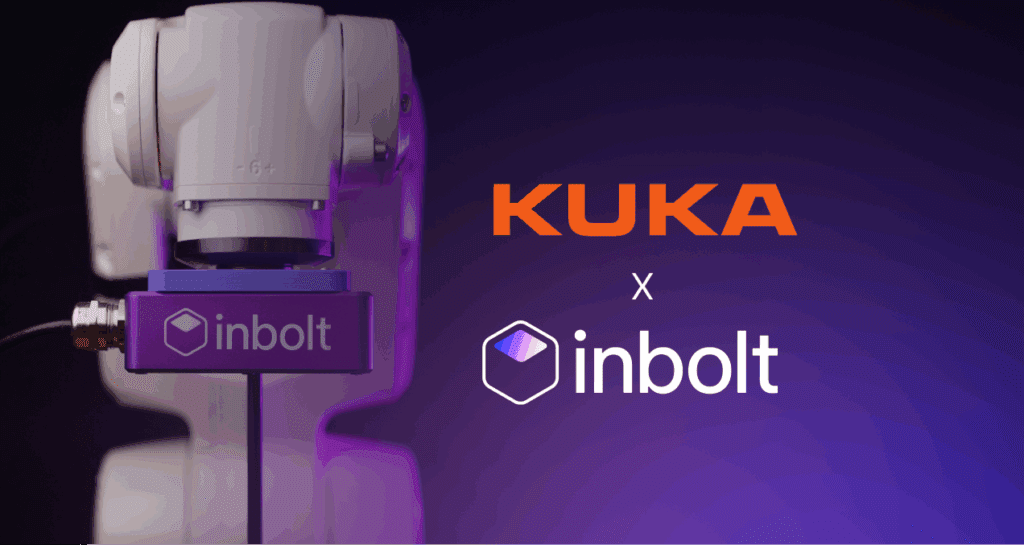
Albane Dersy named one of “10 women shaping the future of robotics in 2025”
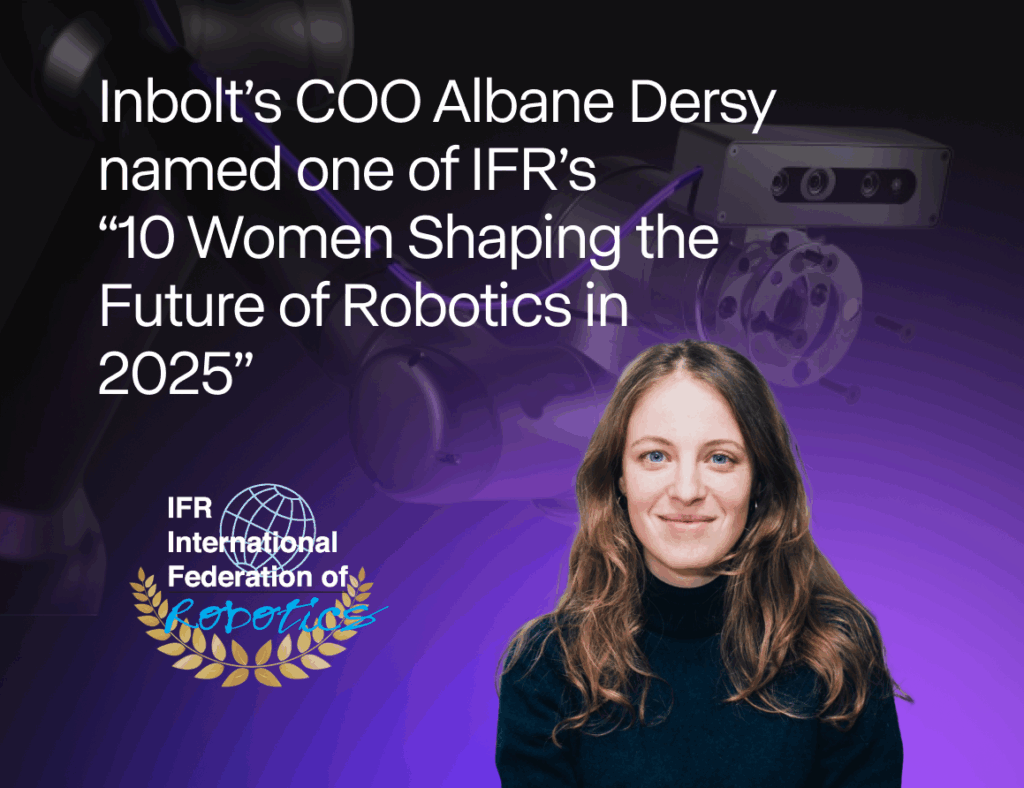
Want to Sound Smart About Vision‑Guidance for Robots?
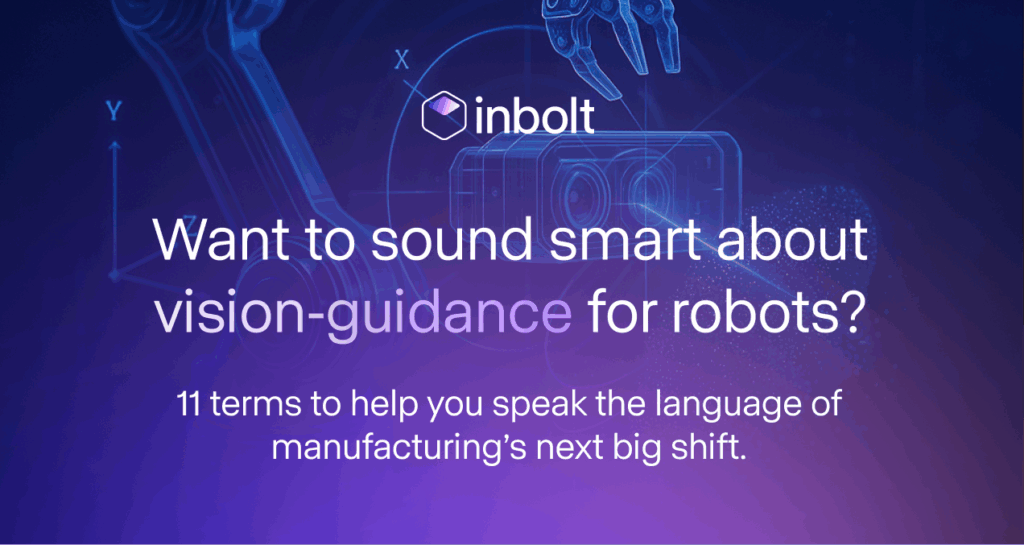
Inbolt Joins NVIDIA Inception to Accelerate AI-Driven Automation
